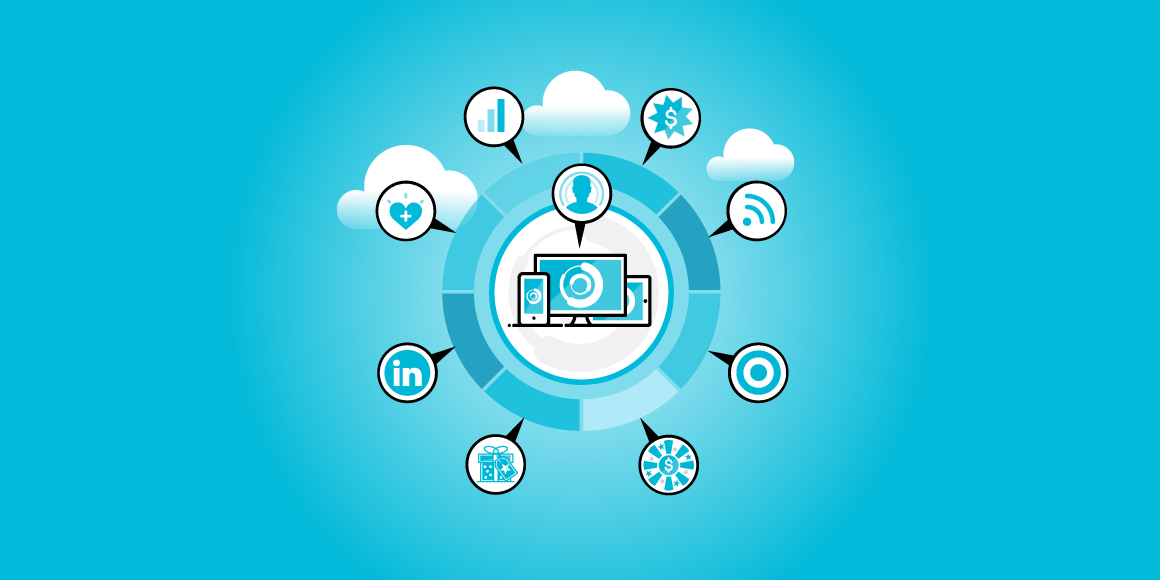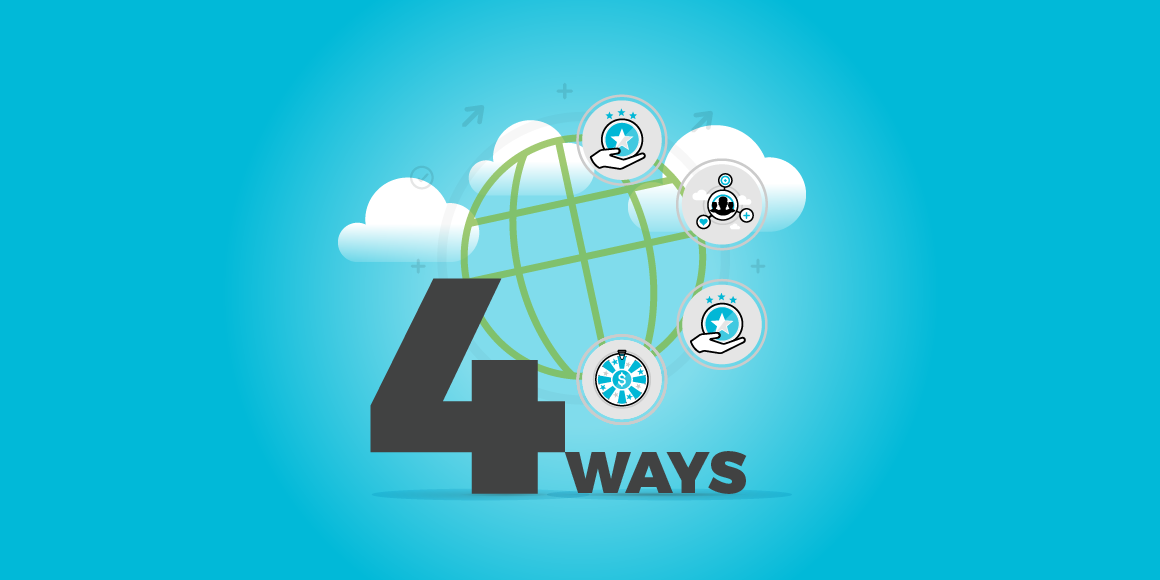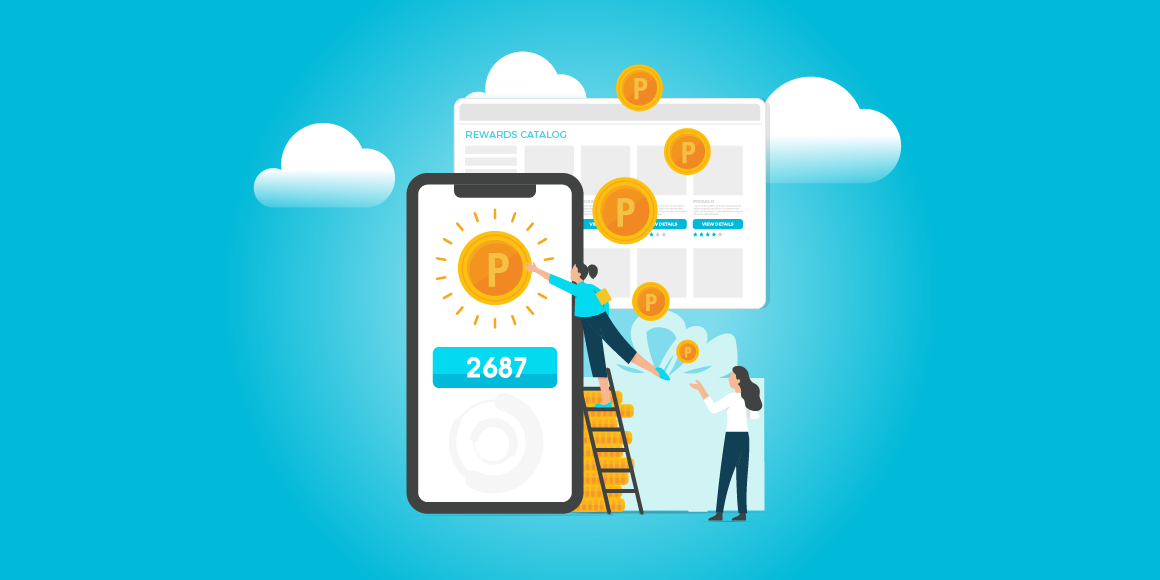How are incentive programs different from employee recognition programs? It’s a distinction that often gets overlooked.
Download our Sales Incentive ebook: The Essential Guide to Running Successful Sales Incentives
For starters, both types of programs reward employee behavior. But they do so by triggering very different motivational cues. They also focus on different types of people, and are best suited for different situations. Below is a brief breakdown of the differences between the two program types.
Incentive Programs
Motivational cue: Competitiveness
The impetus for your typical incentive program is competition. This type of program cultivates the sales instinct. It harnesses this instinct to promote growth among a specific group of results-driven individuals.
Who it’s for:
Unsurprisingly, these programs are geared toward a particular type of person. It’s a person who is unafraid of failure and is fueled by visceral success. In other words, the ideal salesperson.
When it works:
Incentive programs are thus generally suited for achieving visible sales goals, targets, or deadlines.
This is because in most cases the pressure to succeed amplifies the competitive nature of this type of person. These benefit from special promotions that either stand alone or are introduced to boost an existing program.
They might also feature some sort of tiered structure. In this format, high-performers can achieve levels of rewards that aren’t available to their lower-producing peers. In any event, the reward, or “prize” will often be enough to motivate the participants of these programs.
Employee Recognition Programs
Motivational Cue: Acknowledgement and Approval
Employee recognition programs, on the other hand, are designed as a concrete or quantitative form of praise-giving.
They are a symbolic “pat on the back” that also carries some sought-after substance.
Who it’s for
Its function is to reinforce company wide values. Thus, it’s constructed with a broader range of participants in mind. Typically those who, because of the nature of their job or position, are generally unaccustomed to receiving praise.
When it works
Employee recognition programs are a way for management to acknowledge employees who reach specific goals or milestones or consistently produce high-quality results in the workplace.
In some cases, the performance being recognized may not even be directly sales related. A recognition program is meant to encourage specific behavior by publicly reinforcing the behavior you would like to see repeated.
In this sense, a recognition program is also designed to generate loyalty and promote a positive attitude towards your organization.
Most recognition programs tend to reward people for long-term (usually annual) results. They may include a social, peer-related component to reinforce the point of appreciation. The rewards could be monetary, but more often we’re seeing companies look beyond bonuses and compensation to more non-monetary rewards.
This type of program can also work well during periods of uncertainty. For example, it could help when a company faces a crisis of culture, such as the transition after a big merger, or a period of unfavorable cutbacks.
In these cases, it can reestablish the underlying principles of the company. It can also remind employees of their value. Finally, it can serve as an acknowledgement of that value from the top-down.
Conclusion
Both incentive programs and employee recognition programs have their respective places in any performance improvement strategy. But in order to figure out where each fits, it’s important to understand how each functions.
While one type of program seeks to pull performance up through the concept of a prize, the other seeks to push performance up through the use of praise.
This subtle distinction can be capitalized on. But to do so, the situational factors driving them–motivational triggers, participant makeup, timing, etc.–need to be properly understood.
At 360Insights, we’re here to help you find the Incentive Program that’s right for you. Talk to an expert today!






